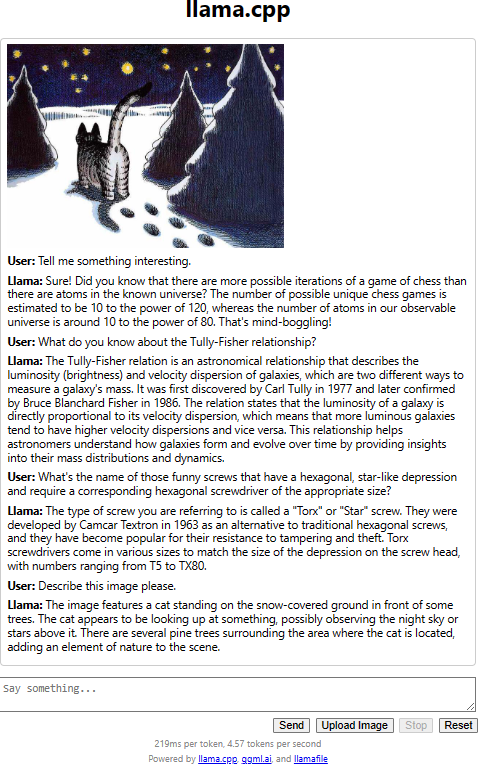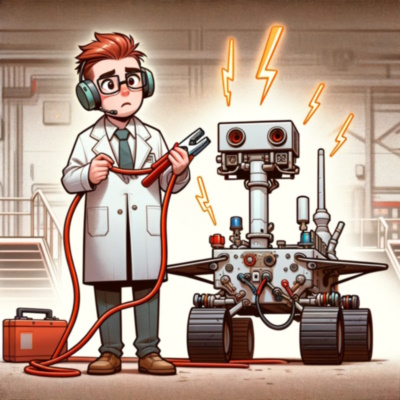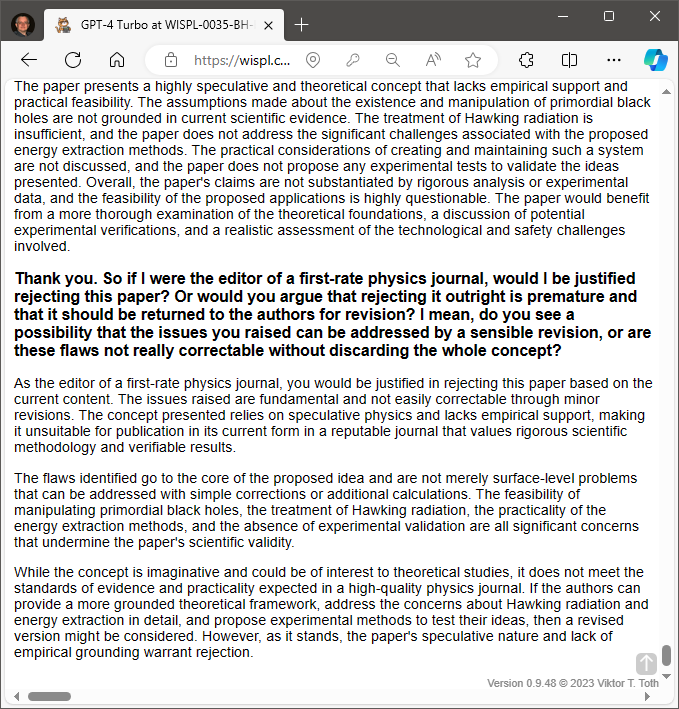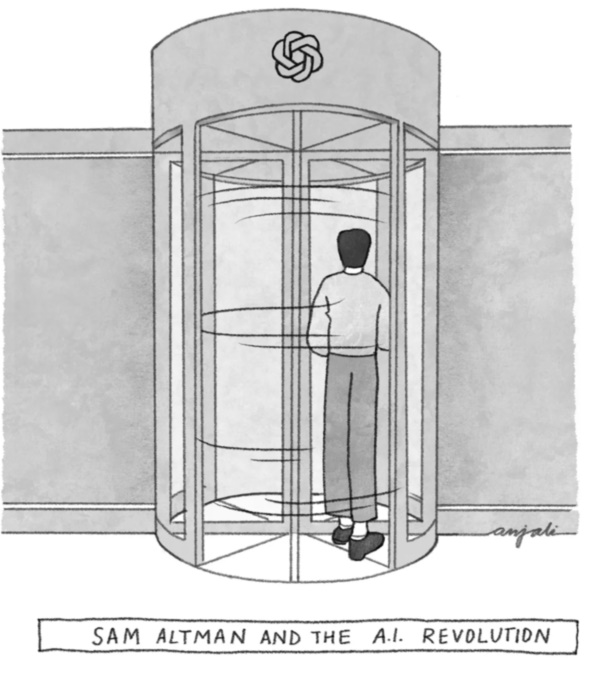Today, December 7, marks the 82nd anniversary of the attack on Pearl Harbor.
Discussion of the Pacific War inevitably leads to discussion of the morality and necessity of the atomic bombings of Hiroshima and Nagasaki.
I have long argued, and continue to argue, that it was the only acceptable decision for Harry Truman to make back during the fateful summer of 1945. And I just came across an unusual data point that supports my argument: the manufacture of Purple Hearts.
Wikipedia tells us that the Purple Heart is a US military decoration awarded to those wounded or killed while serving. Needless to say, Purple Hearts must have been in high demand during the war years, between 1941-1945. The decorations obviously need to be manufactured, and that means the US government placing an order for them in anticipation of casualties during any conflict.
And it was an order of stunning magnitude that they placed in 1944-1945, anticipating the invasion of Japan: Something like half a million Purple Hearts were stockpiled. As a result of this and other unused stocks, it was not until the year 2000 that the US government ordered a new supply, and the old supply, though running low, remains in existence to this date.
So imagine that you are the newly minted president of the United States, after your former boss, Roosevelt, dies. You are informed that your government just completed an astonishing effort to create an immensely powerful new weapon, and it is ready for deployment. You are facing a ruthless enemy: Let’s not forget that the Empire of Japan was no less genocidal than Hitler’s regime, perhaps in some ways even more so (look up Unit 731 on Wikipedia if you have the stomach for it.) Perhaps they are ready to surrender. Perhaps not. But until they are, they remain the enemy. You don’t have the benefit of hindsight. You know what you know and it’s July 1945.
How could you NOT order tactical deployment of the new weapon? As opposed to keeping it in reserve or worse yet, wasting one for a theatrical “demonstration”? Wouldn’t that be an open betrayal of the American servicemen fighting in the Pacific theater? An almost treasonous act?
Yes, there were dissenting voices. But, lest we forget, the conventional bombing campaigns were just as brutal on the civilian population as the nuclear bombs, perhaps even more so. The firebombings of Dresden and Tokyo serve as splendid examples of just what the Allied powers were able and willing to do to enemy cities and their civilian population. Of course there was dissent. Americans are not without conscience, and senior political and military leaders in 1945 were no exception. But it was not until the 1960s that questioning the morality of the use of these weapons became… fashionable.
Yet here we are, more than 78 years later, and not a single nuclear weapon was used in anger ever since. That’s not an iron clad guarantee of course, but at least a ray of hope. Perhaps Hiroshima and Nagasaki achieved more than help bring an end to the War in the Pacific. Perhaps they also helped shape our public perception of nuclear war as the pinnacle of abhorrence.
In the meantime, though, if anyone wonders about the morality of Truman’s decision, perhaps it’s a good idea to contemplate the half million (give or take) surplus Purple Hearts.

















